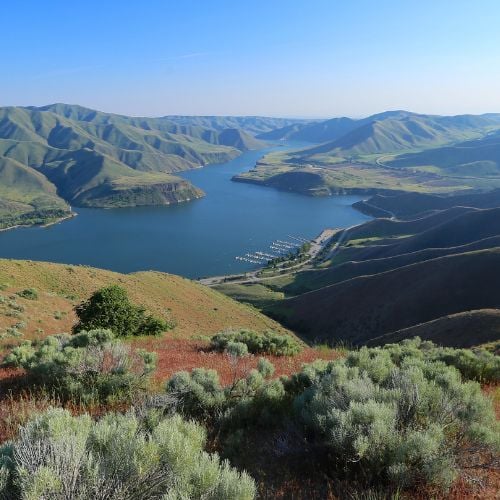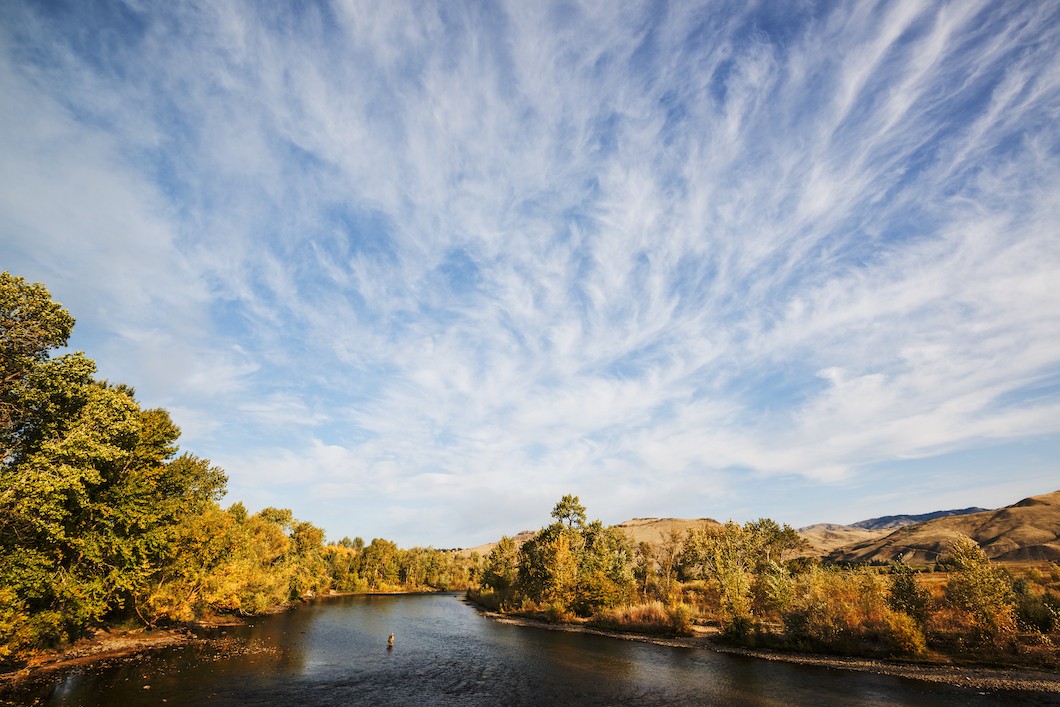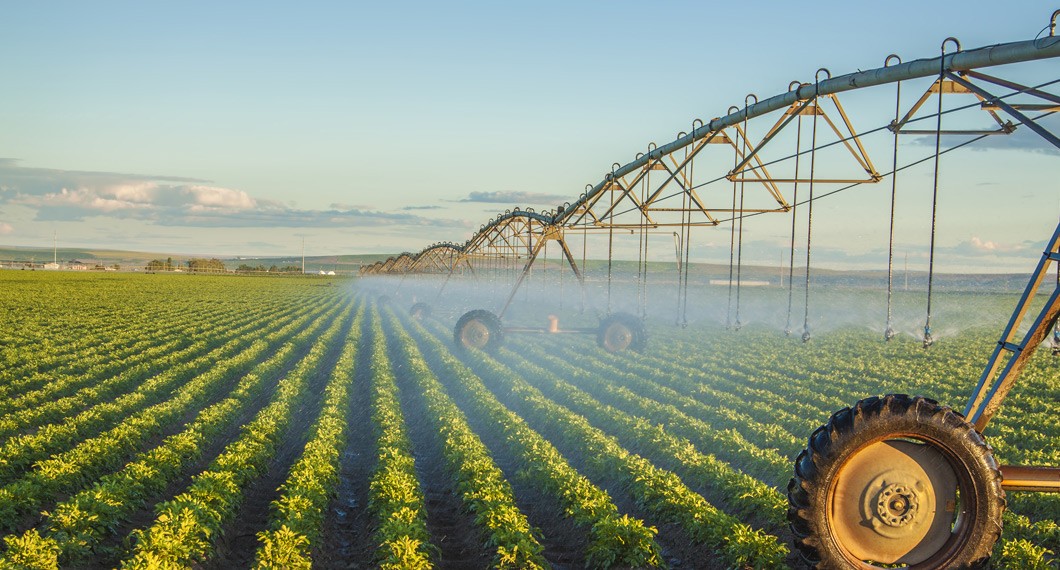Agriculture is the economic engine for Nebraska. In many parts of the state, production is driven by availability and access to groundwater. Nebraska leads in groundwater management with its 23 Natural Resources Districts. However, monitoring is not cost-effective. The Twin Platte Natural Resources District needed an innovative method to monitor and manage groundwater.
To ensure producers in the TPNRD have sufficient water in the future, the TPNRD needed real-time data monitoring and access to a reliable and affordable network. At first, it appeared cost-prohibitive to implement an integrated management plan. The district lacked adequate connectivity and initial research showed that traditional methods, cellular and fiber, were far too costly.
The TPNRD began exploring innovative methods with Olsson and Ethos Connected.
.jpg)
The Problem of Managing Resources
With no real-time measure of water being pumped, managing critical resources is challenging.
Producers in the state of Nebraska are innovators, working to improve water knowledge. In the past, producers would have a set amount of water available for three to five years. The TPRND, which manages the quality and quantity of groundwater over 320,000 acres in west central Nebraska, would have to manually monitor usage, utilizing more staff hours and insufficient data. The producers, meanwhile, were lacking the reliable, accurate data needed to make strategic, sustainable choices.
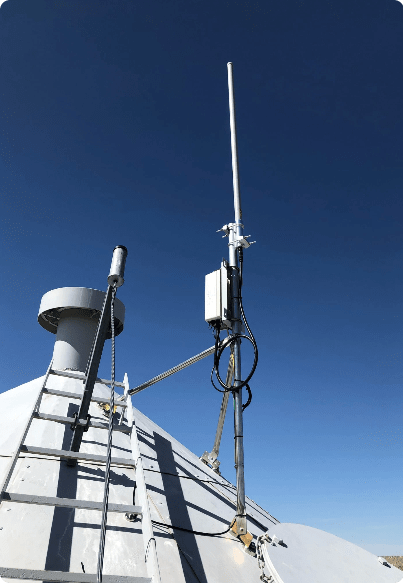
The TPNRD lacked real-time water monitoring in the past because:
- There is no affordable, contiguous communications network to transmit the data
- Cellular solutions are costly
- Cellular connectivity is sparse and not reliable in the district
- Up to 20% of wells in the district are powered by diesel, meaning their usage could not be tracked in real time like their electric-powered counterparts
- There was no open source solution on the market
- Scaling a project across 320,000 acres with multiple users was impossible with current technologies due to cost and proprietary solutions
To address these challenges and work toward a solution, the TPNRD partnered with Olsson, a nationally recognized engineering and design firm, and Ethos Connected, North America’s leading LoRaWAN network provider and Internet of Things (IoT) solution company to measure water use and groundwater behaviors.
The IoT Solution For Groundwater Management
Ethos Connected deployed the affordable and scalable technology to provide a robust data set that allowed for the granular evaluation of water management goals:
- Their statewide LoRaWAN network subscription costs just 10% of a standard annual cell subscription
- Their low-cost, battery powered sensors measure irrigation usage, water applied, and ground water recharge
- All data can be viewed in real time, enabling farmers to regulate their water usage
The TPNRD has deployed well over 350 sensors throughout the region during phase 1, with nearly several thousand planned over the life of the project.

This scope is far larger than the 20 they planned with a cellular solution. For the TPNRD this innovative network means:
- Decreased expenses of maintaining water supply each year
- Higher reliability and more efficient communication between farmers and the TPNRD
- Access to an accurate, rich data set
LoRaWAN in Nebraska
Ethos Connected's LoRaWAN® network exists to enable producers to lower their costs with more efficient water, nutrient, feed, and soil health data management. The real-time data collected can offer actionable insights and answers about methodology, sustainability, and stewardship. Benefits for rural and agriculture applications once considered unimaginable is now a reality, thanks to our technology.
Positive Outcomes For Agriculture
This public-private partnership utilizing the Ethos Connected statewide LoRaWAN network put measurement tools in the hands of the irrigators to better regulate their own water use. The 350 sensors cover 4,300 square miles in Nebraska, bringing the benefits of real time analytics to the furthest corners of farm land.
For the agricultural producers in the region, the IoT infrastructure offers:
- Ability to track their water supply allocation with access to real-time data insights
- Potential for higher crop yields by offering situational awareness
- Accountability and data needed to respond to water usage audits
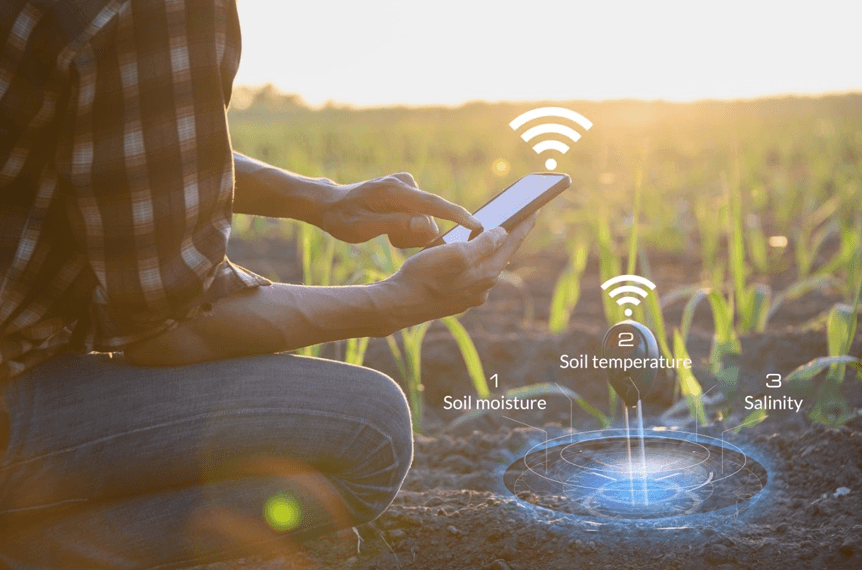
Together, Ethos Connected, Olsson, and the Twin Platte NRD put the power back into the hands of producers to support the longevity of Nebraska’s agricultural economy and valuable natural resources.
More Case Studies
01/17/2024
01/17/2024
.png?width=102&height=92&name=image%204%20(3).png)
.png?width=102&height=102&name=image%204%20(4).png)

